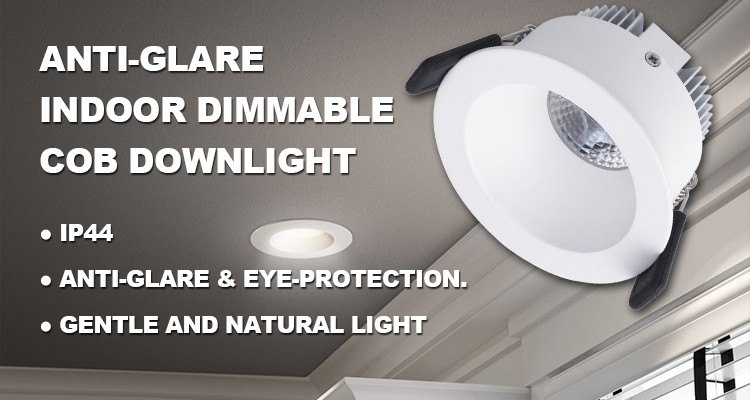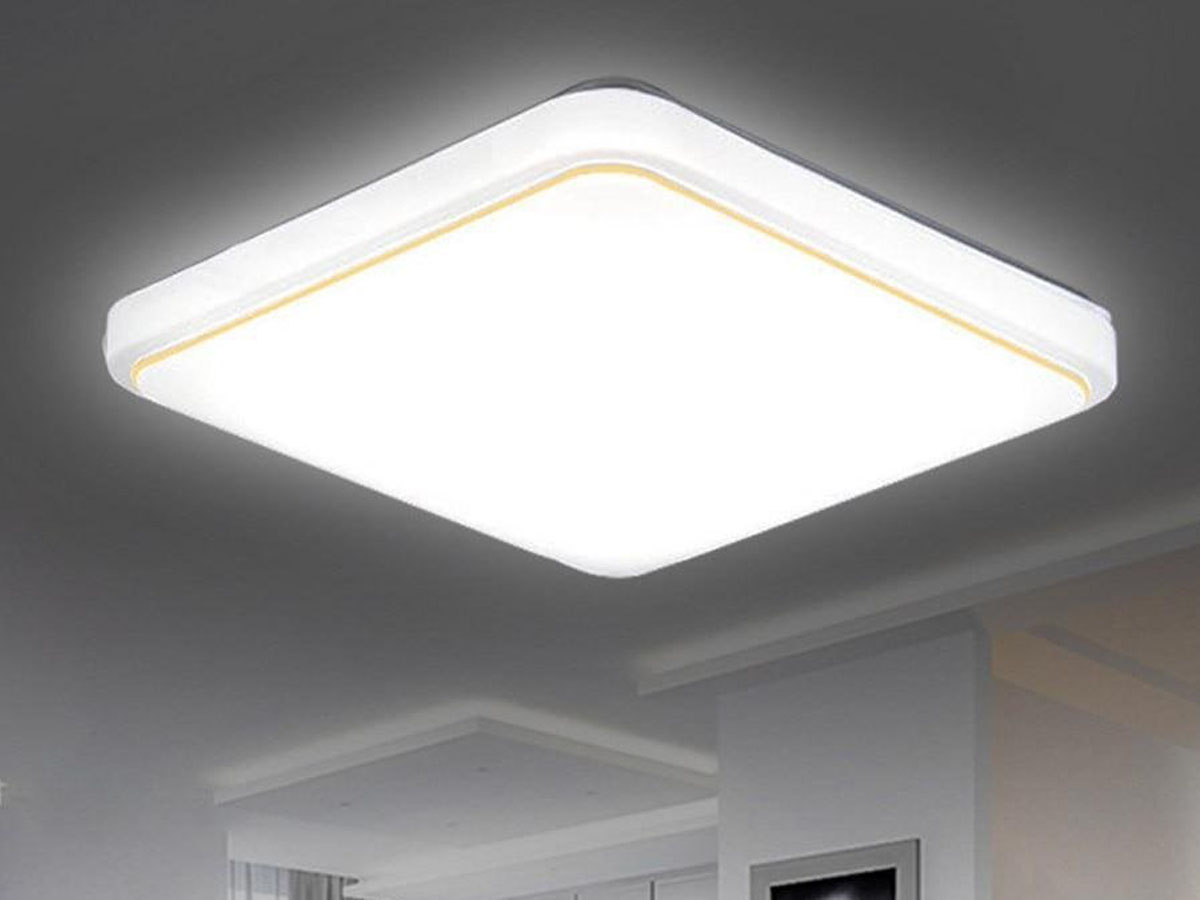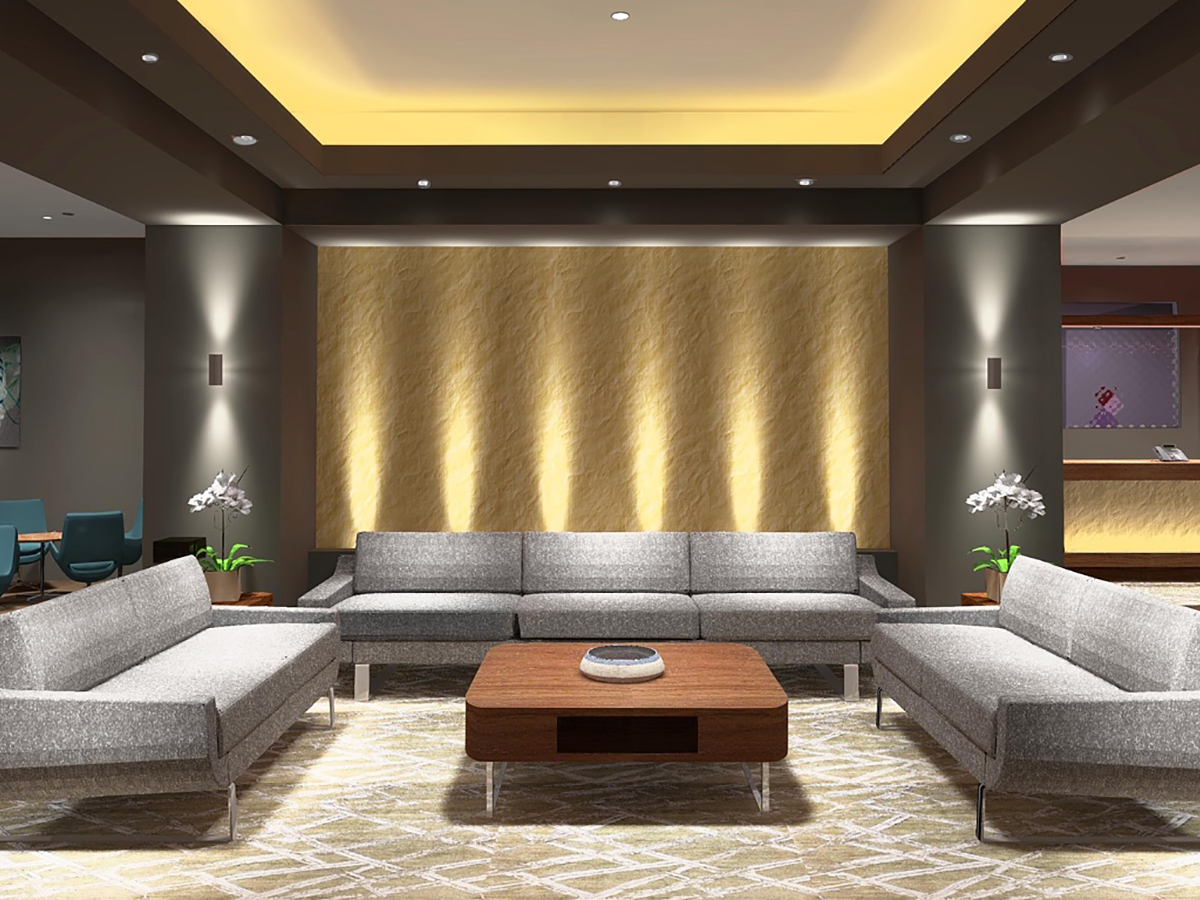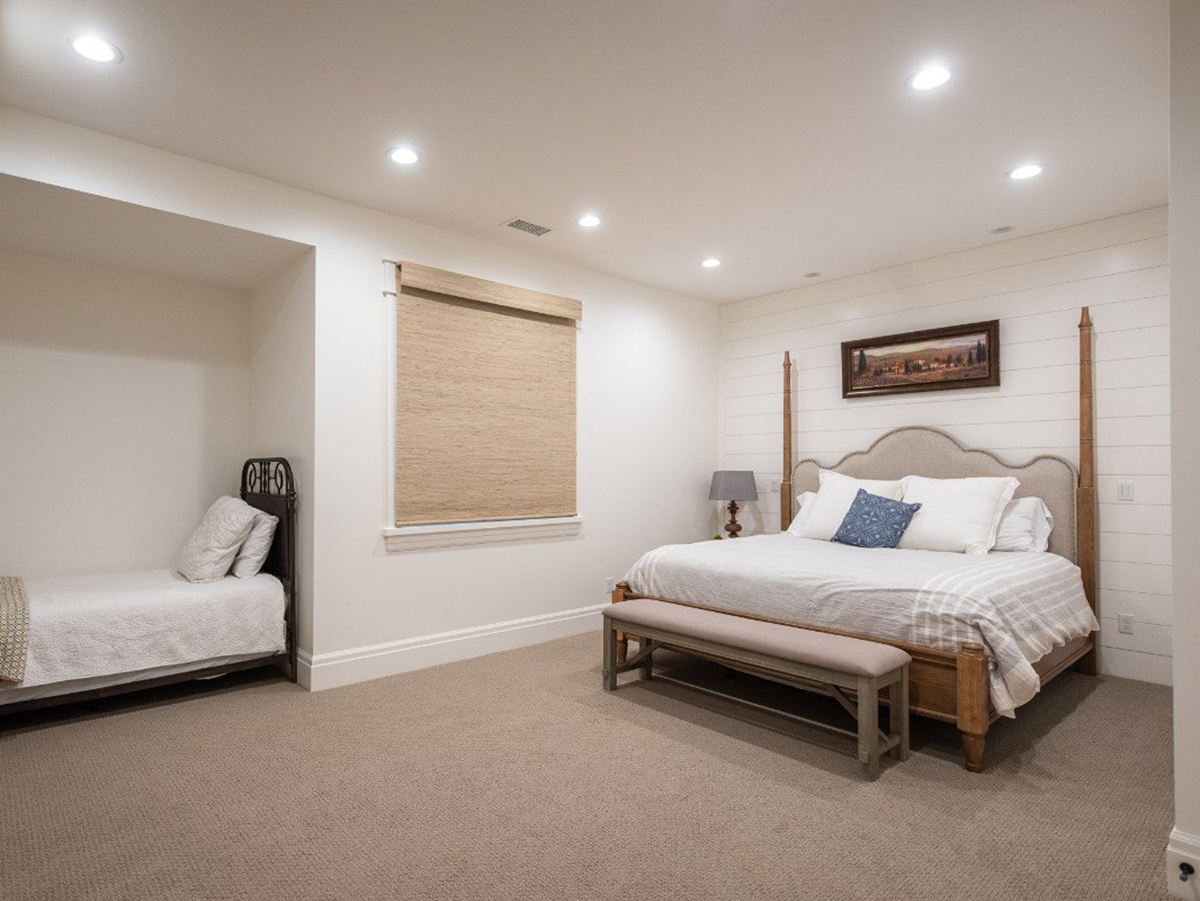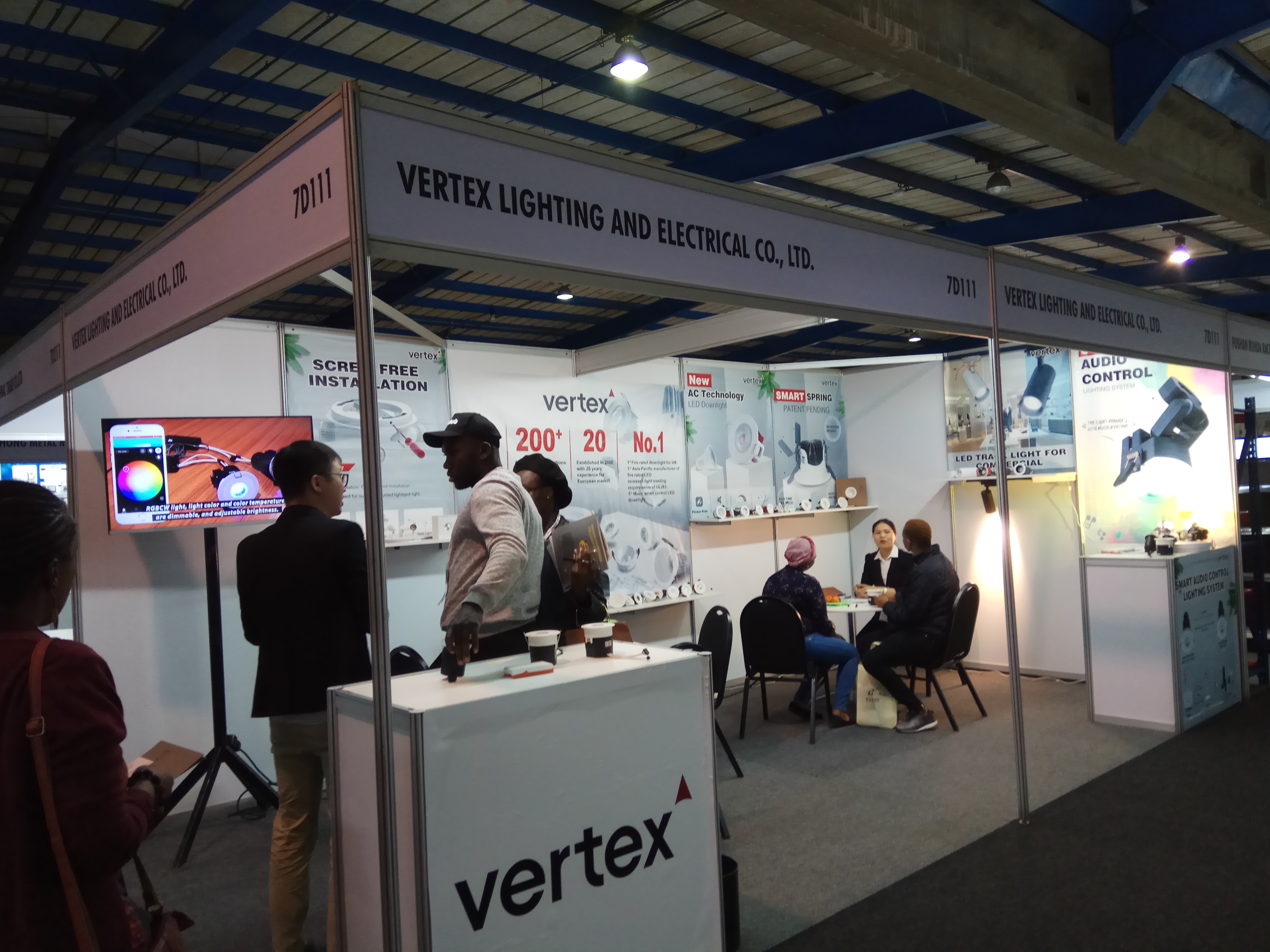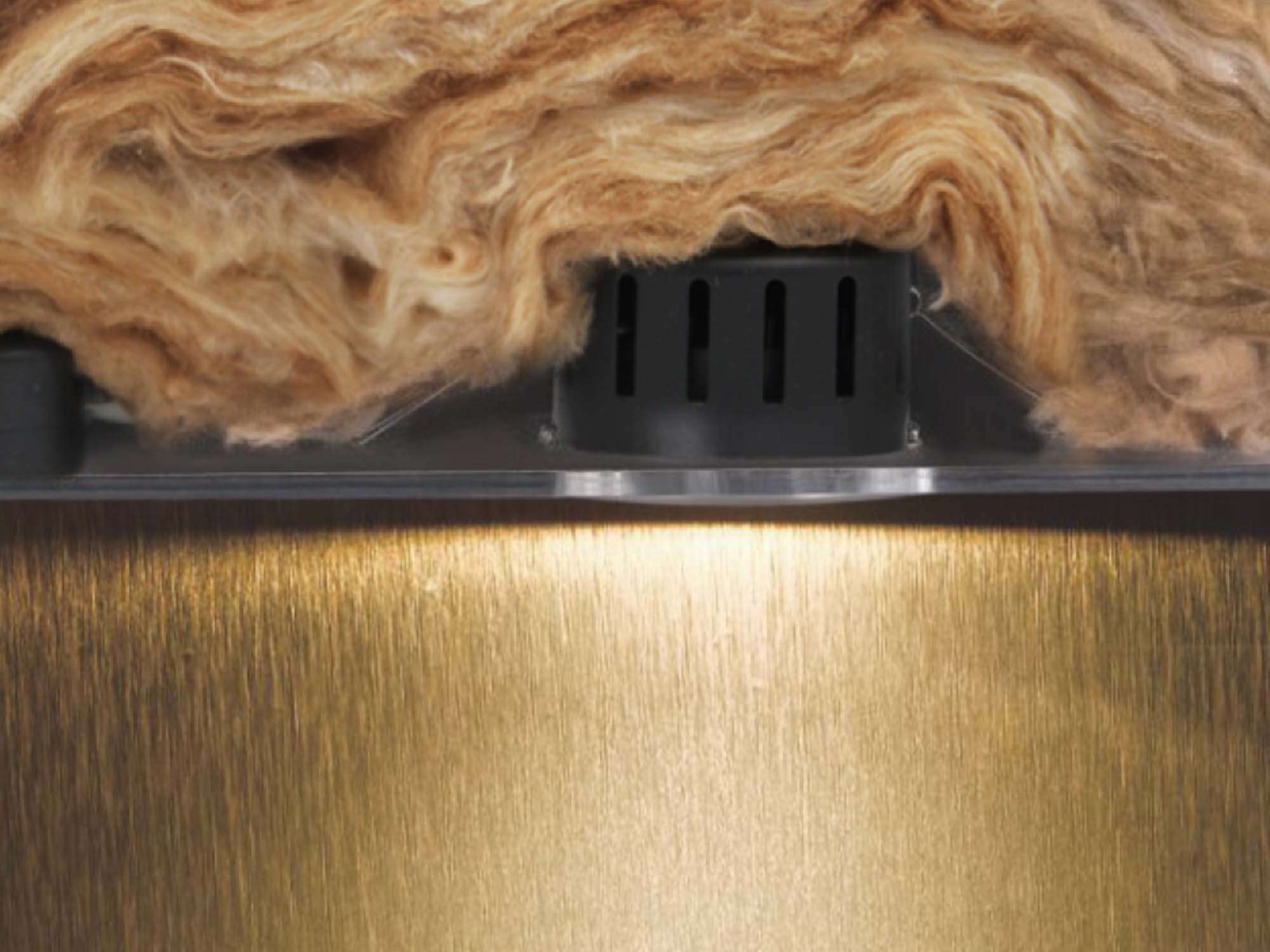Downlighting is such a useful and effective source of light that the downlighter has been adopted into most interiors. However, they can often be the reason why a room’s lighting just isn’t comfortable to be in.
If you have ever been distracted or had eye strain and even a headache from harsh lighting, glare from badly chosen downlighters will often be the culprit. Quickly learn why and how to choose downlights effectively and drastically reduce the glare from the downlights in your interior.
How to Stop Downlight Glare
What is Glare of Light?
Glare is the description given to the experience of uncomfortable light into the eyes.
It can come from the light source itself, e.g. light directly into your eyes from a luminaire as well as the the experience of where the light ends up, e.g. where a surface is lit too brightly and the contrast to its surroundings is too great and therefore just too bright to look at easily.
Even the casual buyer of downlighters will benefit from knowing a little about the causes of glare as the good news is it can be reduced if the downlighters for the room are chosen wisely.
UGR – The Measurement of Glare
UGR stands for the Unified Glare Rating and is how glare is quantified from light sources in a space. It’s helpful to know of this rating as a downlight manufacturer can measure and specify the UGR value of the product so you can head for the better ones.
UGR is calculated by considering:
- the brightness of the space
- the luminance or brightness of the light source
- the angle of the occupants line-of-sight in relation to the light source
- their position in relation to the downlight
The result grades the intensity of glare in a particular area on a scale from 10 to 30 with 10 being the good end of glare and 30 being hideous!
Why are Downlighters too Bright?
An LED downlighter recesses the majority of itself behind the ceiling, simply leaving the front plate (bezel) showing flush against the ceiling or with trimless plaster in downlighting even nothing showing, all but a small hole for the light to escape from.
The powerful source of light within an LED downlighter, whether a dedicated LED downlight or one that houses an LED lamp, will inevitably be incredibly bright to look at directly with so much light leaving such a small aperture.
Why is a Downlight so Glary
A group of downlights can feel too bright because they are producing too much light for the size, color and finish of the room but it can also be because some of its light is meeting the users eye too directly.
Glare From a Badly Positioned Downlight
LED Downlights are largely used as ambient lighting with a primary purpose to create a wide bright illumination to the space. The installation spacings become generalised to create this uniform covering of light and in doing so some of the downlighters may become too close to a surface so it becomes overlit, such as a kitchen cupboard door.
Also, some of these downlight positions although great for ambient lighting are detrimental to other tasks and become uncomfortable to be near as the angle of the light from it ends up in someone’s eyes.
Glare from Budget Downlighters
LED manufacturers targeting the wider market become so concerned with maximising the brightness from a lower quality LED source, that they end up designing downlighters without considering shielding the users eyes. They have to position the light source at the front of fitting to achieve acceptable outputs but the experience of using them is less comfortable as they create more glare.
Also to compound this, lower output LED downlighters of approx 350-400lm will need to be installed at a greater density for general use, resulting in excessive numbers of downlight each emitting harsh high glare lighting.
Reduce Glare by Choosing the Right LED Downlight
A common question is
How Do I make my downlights less bright?
When the answer is not reducing the light output by dimming because the maximum amount of light is required, we must fight back against glare with better choices.
- Positioning the downlights correctly – See How to Use Recessed Downlights (LINK)
- Choose a downlight that has been designed to minimise glare whilst still delivering a good output which should be at least 500lm to 900lm each for the average residential setting.
It’s not actually the downlighter being too bright but the wrong type of downlight possibly also in the wrong place.
How to Control Glare From a Downlighter?
Choose a downlight design with a low UGR rating and it will have been designed to control how the light leaves the fixture and deeply recess the brightest parts away from the eye.
Reduce Glare from Downlighters with Direct Light
DOWN Light – send it down
LED as light is directional, meaning it can be directed where …
Anti-Glare Baffled LED Downlighters
The LED source needs to be as deep as possible within the fixture, so the very brightest element is hidden from view. See Darklight Downlighter below for more details.
Frosted Lens
More comfortable – remember diffused light is not necessarily controlling glare so it needs to not just diffuse the light everywhere.
Add a Honeycomb Louvre
A honeycomb louvre can be added in front of the lens or GU10 lamp
Use Anti-Glare Downlights
Low glare downlighting has been designed to harness combinations of these qualities to fight back against glare. Good glare control is expected for professional high quality downlighting solutions but thankfully also available within some budget solutions too, so anti-glare downlighting is not just for the high end projects.
Not all downlight manufacturer’s will classify their products with a UGR rating to measure the degree of glare protection it provides, so you must make your choices with some knowledge of how glare is reduced despite some of the claims they may make.
To truly class a downlighter with an anti-glare design, they will look like some of the following:
Darklight Downlighter
A baffled LED downlight sometimes called a darklight, ensures the light source is set deep within the body of the luminaire. By insetting the lens or glass of the LED lamp fitted within it, the cut off angle between the light source and the internal front edge of the downlight is increased so the brightest part where the light escapes is only seen when someone is virtually underneath it, reducing the chances of glare.
A dark colored cylindrical baffle creates the space between the lens and the front of the light, usually black to reflect the least amount of light as possible and negate further glare. The light travels through this short baffle before spreading wider into the room.
Link to reviews on Darklights
Low Glare Downlighter
Anti-glare downlighters examples:
Chamfered bezel.
Vertex lighting also have some downlighter with low glare, such as: V6214, V6081, VA6214 etc.
